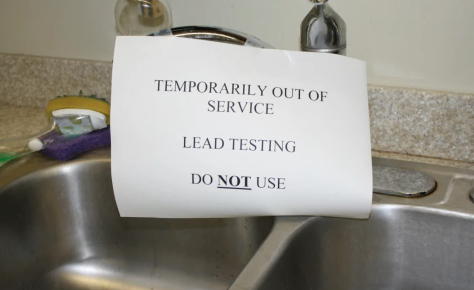The numbers are stark: One in four U.S. students will witness or experience a traumatic event before the age of 4, and more than two thirds by age 16. Children cannot close their eyes to a parent’s arrest, a forced eviction, abuse, death or divorce. With each traumatic event, the in- stinctive trigger to “fight or flee” is pulled over and over again.
Over time, a child’s developing brain is changed by these traumatic experiences. Areas that gov- ern the retention of memory, the regulation of emotion, and the development of language skills are affected. The result is a brain that has structurally adapted for survival under the most stressful circumstances-but not for success in school.
In fact, kindergartners who have suffered traumatic experiences score below average in reading and math, even when influential factors like income and parental education are factored in, ac- cording to a 2015 study published in the journal Pediatrics. They are also three times more like- ly to have problems with paying attention, and two times more likely to show aggression to their classmates and teachers.
Many educators know that no matter how hard they work, or all the different things that they try, there are still some students that they struggle to reach. Now we know the science of why. With a mixture of empathy, flexibility, and brain-based strategies, trauma-informed educators are creating cool, calm classrooms that work for all of their students.
The traumatic events that students experience shape students’ brains. The disruptive behavior that teachers often see, and punish is a result of the student trying to self-protect. Their altered brains are screaming, “Fight! Flee! Freeze!” It can seem as if these students are shutting down, but their brains are telling them that they need to be safe. When the situation is charged, it can- not be business as usual. The teacher must think, “How can I bring this down and get back to learning?”
These students cannot learn until their fears are calmed and their attention is refocused. A brief break for a student that is about to lose control can be helpful. In Brockton, Massachusetts at the Brookfield School, the “Mindful Moment Room” helps to accomplish this. Students can step inside and listen to audio of chirping crickets, see fairy lights and sit in a comfy chair. Students cannot simply wander in. The student communicates to the teacher that they need a break or the guidance counselor can recommend a student to the room. Some students just need a res- pite from the visual and auditory assault that is a classroom atmosphere.
Preventative work at Brookfield School has really helped students calm down during stressful situations. Casey O’Brien, a school adjustment counselor, meets with small groups weekly to practice stretching and breathing exercises. Students learn to self-regulate, calm down and refo- cus their minds.



